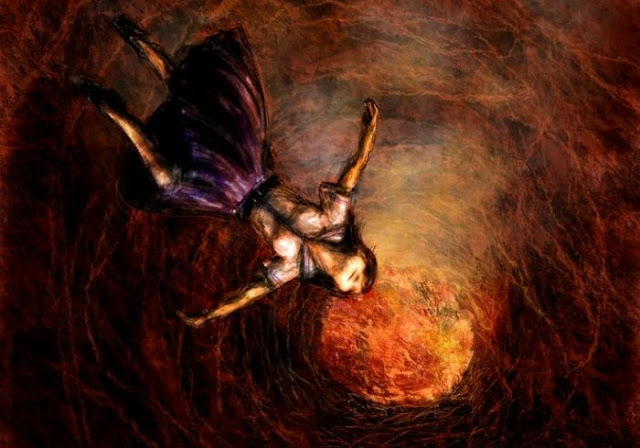In the heart of Japan’s Pacific Ring of Fire lies Mount Mihara, an active volcano that has earned a macabre reputation as the country’s most infamous suicide site. Rising from the waters of the Pacific Ocean, this towering natural wonder has witnessed the tragic end of thousands of lives, drawing attention to an unsettling aspect of Japan’s societal fabric.

It all started on February 12, 1933, when a 19-year-old Japanese school girl named Kiyoko Matsumoto committed suicide by jumping into the active volcanic crater of Mount Mihara, on the island of Izu Ōshima.
Kiyoko had developed an infatuation with one of her fellow students named Masako Tomita. Since lesbian relationships were considered taboo in Japanese culture at the time, Kiyoko and Masako decided to travel the volcano so that Kiyoko could end her life there in the lava pit’s hellish temperature of 1200 °C, what she ultimately did.

After Kiyoko’s tragic death, this act started a bizarre trend among the emotionally broken Japanese individuals, and in the following year, 944 people including 804 men and 140 women leap into the deadly volcanic crater of Mount Mihara to meet their horrible demise. Within the next two years, there were reported 350 more suicides at this ominous volcanic point.
The reasons behind Mount Mihara’s dark reputation are complex and interwoven with Japan’s unique cultural and societal dynamics. Historically, suicide has held a different connotation in Japan compared to other countries. It has often been perceived as an act of honor, redemption, or even protest, rooted in the ancient traditions of samurai honor codes and the influence of Buddhism.
In the post-World War II era, when Japan experienced rapid modernization and societal changes, suicide rates surged, particularly among young people. Mount Mihara, with its mystical allure and haunting beauty, became an unfortunate beacon for those seeking to end their lives. News reports and word-of-mouth stories romanticized the volcano’s deadly allure, creating a morbid fascination that attracted disturbed individuals from across the country.
Despite numerous efforts by the Japanese authorities and local organizations to discourage suicides at Mount Mihara, the tragic trend persists. Barriers, surveillance cameras, and crisis hotlines have been put in place to deter those contemplating self-harm, but the mountain’s accessibility and the psychological complexities leading to suicide make it a challenging problem to fully address.
The overwhelming number of deaths at Mount Mihara has sparked debates about mental health care, societal pressures, and the need for empathetic support systems in Japan. While efforts to address these concerns are ongoing, the dark legacy of Mount Mihara as a symbol of despair continues to haunt the collective consciousness of the nation.
Today, out of an irresistible curiosity of human-nature, some visitors would often travel to Mount Mihara only to watch the pathetic scenes of death and victims’ tragic jumps!




